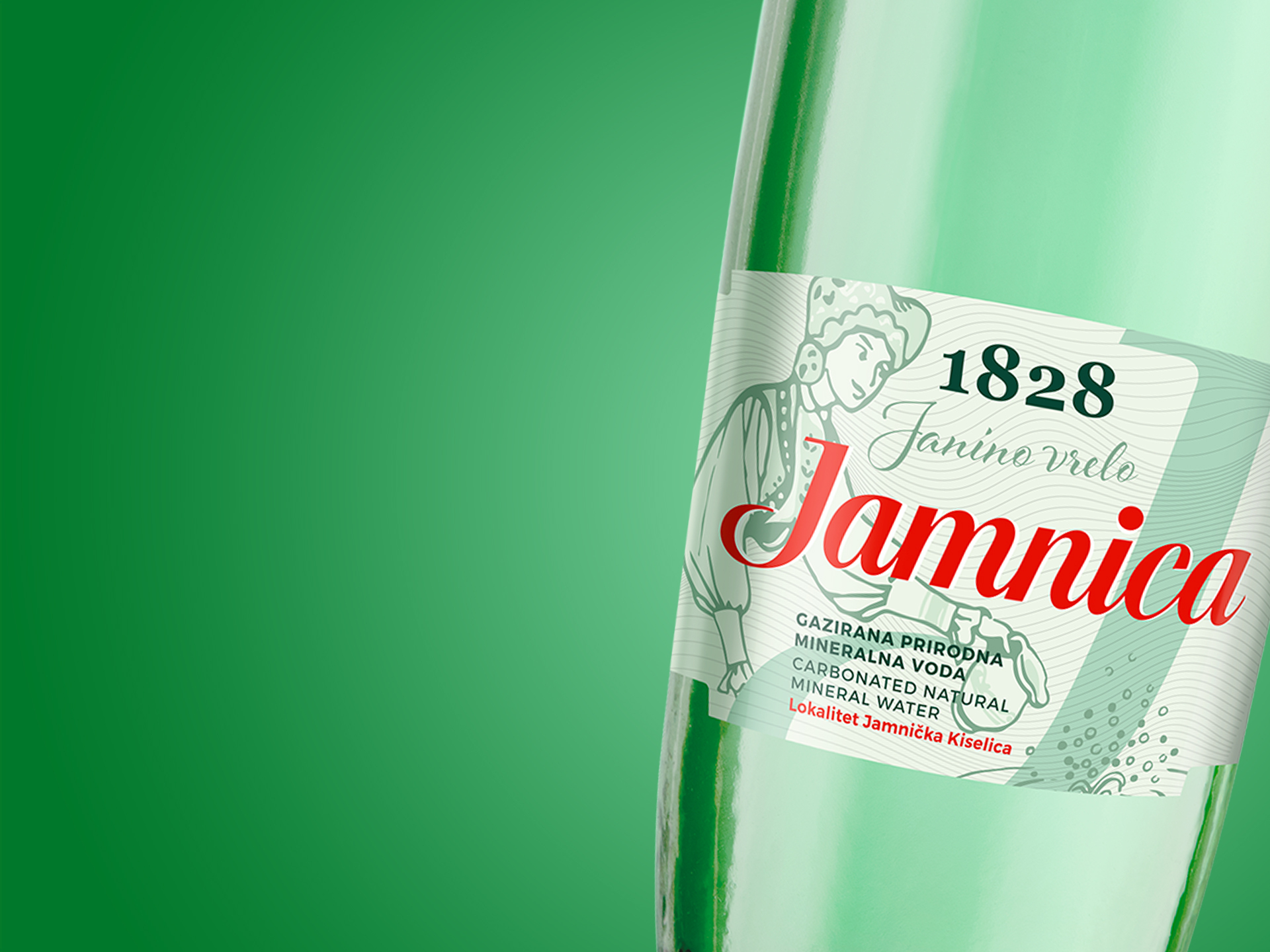Interview, interesting news and a few other things
We are taking you into the world of Croatian wines through interesting reviews and explanation of some key terms. We will also publish interviews with winemakers and people from the Croatian wine scene, as well as current news from various events and festivals.
Wine is one of the oldest products consumed by people. Knowledge and education about the quality and characteristics of wine can enable you to experience this product of man and nature in a wholly new way. With every sip you can taste the years, effort and striving of winemakers to create the best wine known to man. The school of wine is for all those who appreciate the culture of wine and want to raise their knowledge to a higher level so that this enjoyment is complete.
Find and explore, learn, taste, feel with all senses… Croatian wines
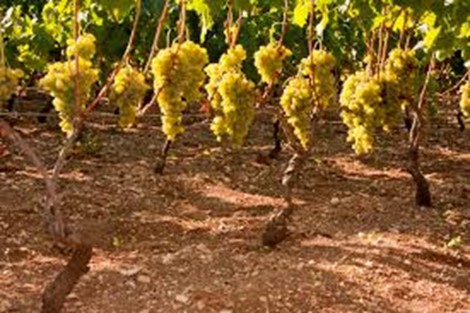
Pošip
Pošip is an autochthonous white wine variety of the island of Korčula, it thrives very well on the island's two localities, Smokvica and the Čara field. It was found quite by accident during the cutting of the local forest in the middle of the 19th century when a local farmer noticed an unusual vine. It was created by spontaneous crossing of several autochthonous varieties of the island of Korčula. Pošip is our first white wine that received the label of authenticity back in 1967. Today, pošip is cultivated all over Dalmatia, producing wines of golden yellow color with complex flavors that have made it famous and known beyond the borders of our country. This wine has a wide production potential in the spectrum from fresh dry wines to those aged in wooden barrels and even in sweet varieties. Alcohols usually range from 12-13%, it can be combined with various Mediterranean dishes depending on the way it was produced.
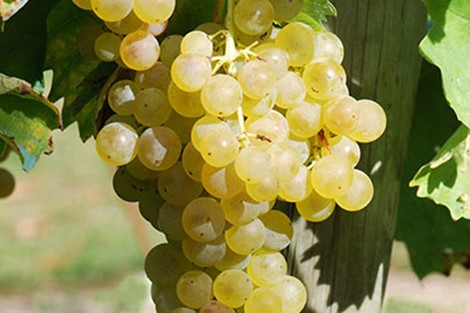
Bogdanusa
Bogdanuša is an autochthonous white wine variety of the island of Hvar, also known as bogdanuša white, bogdanuša mala, bogdanuša vela or "bogdanuša" in the Hvar dialect.
Sorta is on the island present for centuries, and there are scientific assumptions that it was brought to the island by the Greeks as early as fourth century. In the past, bogdanusha was drunk on the island only on special occasions, which is why earned its name "God of the Day". Today, an increasing number of local winemakers are turning to this variety because adaptation to the Hvar terroir, good harvest and quality. Bogdanuša produces fresh citrus wines and herbal notes from green yellow to golden yellow shades. Alcohols in wine are about 13%, it is possible is to be paired with various dishes due to its freshness, such as pashto, various fish dishes and the like Mediterranean specialties.
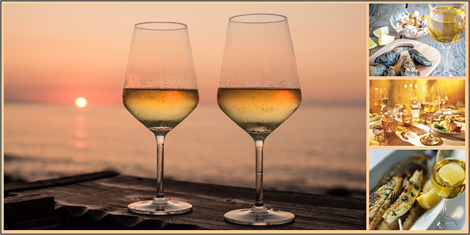
White wine
White wine is produced by fermentation of grape juice, without skin and stems.
It is also possible to produce white wine from red grapes. Such wine is called Claret or in France and as Blank de Noar (Blanc de Noirs). Although the red color of wine is from grape skin, special emphasis on the production of these wines is on grape quality and processing speed, so that the skin is removed from the juice as soon as possible and avoided staining the juice with skin dye pigments.
After that, to freshly squeezed juice is added to oxygen and gelatin, whereby the remaining large particles are collected on the surface and separated. Alternatively, the squeezed juice is filtered or squeezed again.
Special yeasts (Saccharomyces cerevisiae and / or Baianus) are added to the prepared juice, whereafter fermentation can be carried out at a temperature between 15 and 20 ° C.
After the fermentation process, "young wine" separates the remains of yeast and adds certain sulfur compounds, thereby trying to achieve its microbiological stability.
Before filling in a bottle, the wine is filtered or added to various flavors, supplements, etc.
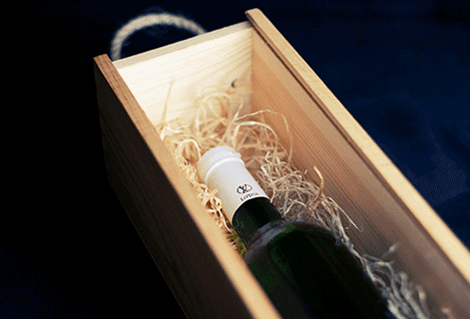
Wine as a gift
By gifting wine, you attach importance to the occasion you come to. The bottle of wine you give the host does not have to be in the first row expensive, it could be the wine that you last taste and were happy with. Try to be original, let it not be the wine from the first store next to the host house.
Try to find the less known wines that are equally good and priced affordable. This will not make you by a wine specialist, but the host will know that you have spent a specific time in choosing a gift.
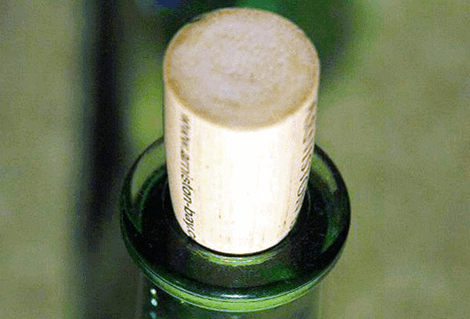
Broken Cork
When opening a bottle, it sometimes happens that the plug breaks. The most common occurrence is when the corkscrew has not been properly pushed through the plug, it is because the plug was old or its structure was poor. It's not a catastrophe, if you are not a professional and you do not have a clamp for extracting the cap, it's a matter of resourcefulness.
If the plug stuck to the top of the bottle, try to reinsert the corkscrew and try again. Or you can try to push the plug into the bottle. Make sure that the wine does not spill out of the bottle and try to make as little cork dust as possible.
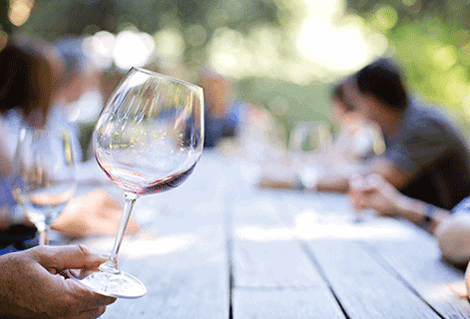
Bubbles in the glass
Bubbles in the glass after pouring are usually not immediately evidence that wine is not good. Namely, bubbles are the remnants of carbonic acid in wine. In white wine, it is evidence that the wine is fresh and because of them it is even more intense to experience bouquet of wine.
Red wine should normally not have bubbles and stains after pouring, but if it does occur, it is necessary to leave the wine in the glass to bubbles disappear in contact with the air. If the bubbles and spots do not disappear, the bottle with the remaining wine can be shaken or even left open one whole day. If the wine is not delicious even than, it should not be drinked.
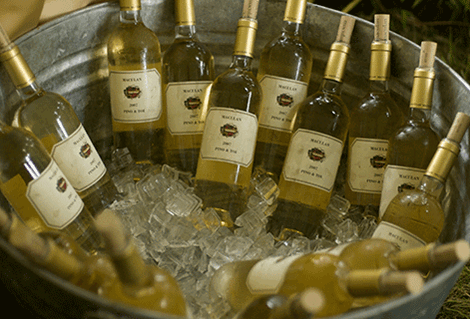
High cooling
The process of sudden cooling of wine, mainly white wine. It is most often performed with ice in kibble. White wines are generally kept at a higher temperature than serving temperatures, so they need to cool.
Thehigh cooling process is generally a shock to wine and in this process is affected by the quality of the wine. Timely removal from ice is just as important as putting on ice.
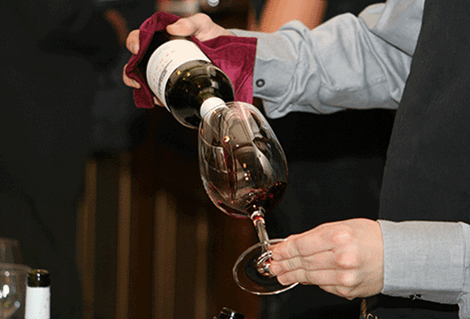
How to hold a bottle?
There is no rule for holding bottles when pouring wine. In any case bear in mind that the bottle is safe and firm, or balanced in your hand. By spilling the wine on the table, you certainly change the direction and atmosphere of the gathering itself and occasions.
Therefore it is not incorrect to hold the bottle even with both hands if you feel that it is so safest. The real specialist will perform somewhat of wine folklore in this situation, while others should not look pretentious. When pouring red wines, be careful of the "last drop"
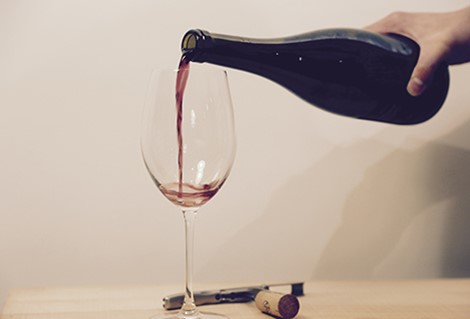
Rinsing with wine
If you are in the situation to have only one wineglass, and go to drink a new, second wine, you should a glass to "wash with wine". This is done by pouring a small amount of new wine into the glass and then empty the glass. The remains of old wine was removed and the smell of new wine remains in the glass.
As a rule, this procedure works when another wine is of another type of grape or from a completely different region. This procedure does not apply if it is switch from white to red wine, then it is necessary to take a new glass.
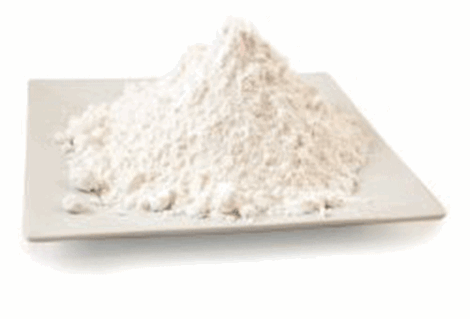
Wine stone
Wine stone is actually a crystal of potassium salts. It can also occur in young and in old white wines. As a rule, it does not affect the taste of wine, but if it comes into the glass, it should not be eaten. If the wine is kept in a lying position, the wine stone can be deposited on the plug.
Wine stone also manifests itself as a turbidity of white wine, which does not diminish the quality of wine, but is a sign that wine is made in a natural way without finishing and filtration.
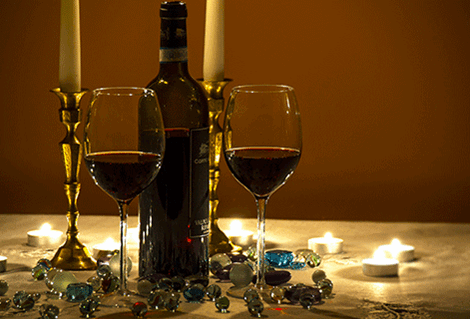
How much wine in the glass ...
As a rule, when it comes to wine, the glasses are poured to one third of its volume and up to a quarter if it is a large glass, but keep in mind that the wine that is poured should not act as a precipitate. Exceptions are sparkling wine glasses where sparkling wines can be tasted almost to full glass.
In any case, it is better to pour a bit and often than overpour a glass, it is not just about the established rules, but the glasses filled up to the top can not develop bouquets, so the person in the end is left without the complete taste of drinking wine.
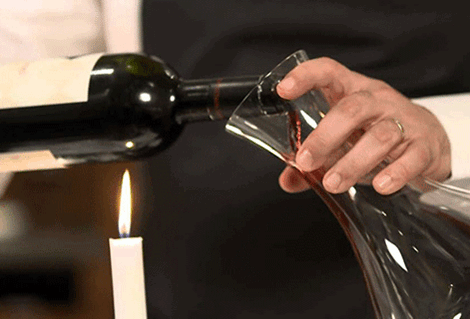
Decanting
The method of separating the wine from the precipitate by pouring into a decanting bottle so that the precipitate remains in the bottle. The procedure is often carried out with the help of candles placed near the bottles of the bottle so that the wine clarity is visible.
When the precipitate appears, the process is interrupted. The procedure is primarily carried out on wines that have been in bottles, old or artifacts for a long time, since long-laying forms a precipitate. During the decatising process, and wine aeration is performed, thus removing the more hard smells that have arisen during a longer stand in the bottle.
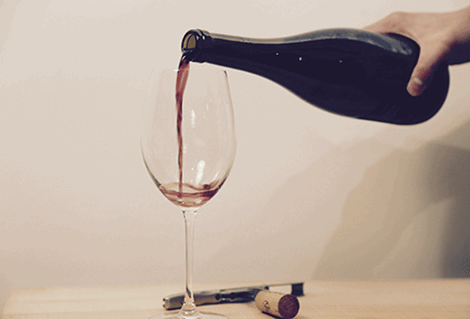
Wine pouring
The wine poures carefully and in small streams with the glass is on the table. Exceptionally, with precious wines, a person can take a glass in his hand and slowly poures the wine so that the glass is tipped over the bottle. If a wine bottle is lying in the basket, the wine and the basket, are taken together.
When pour, be careful of the "last drop". The experts will skillfully turn the bottle at the end of the spin.
If it happens to make stains on a sensitive fabric, mineral water and salt will help.

